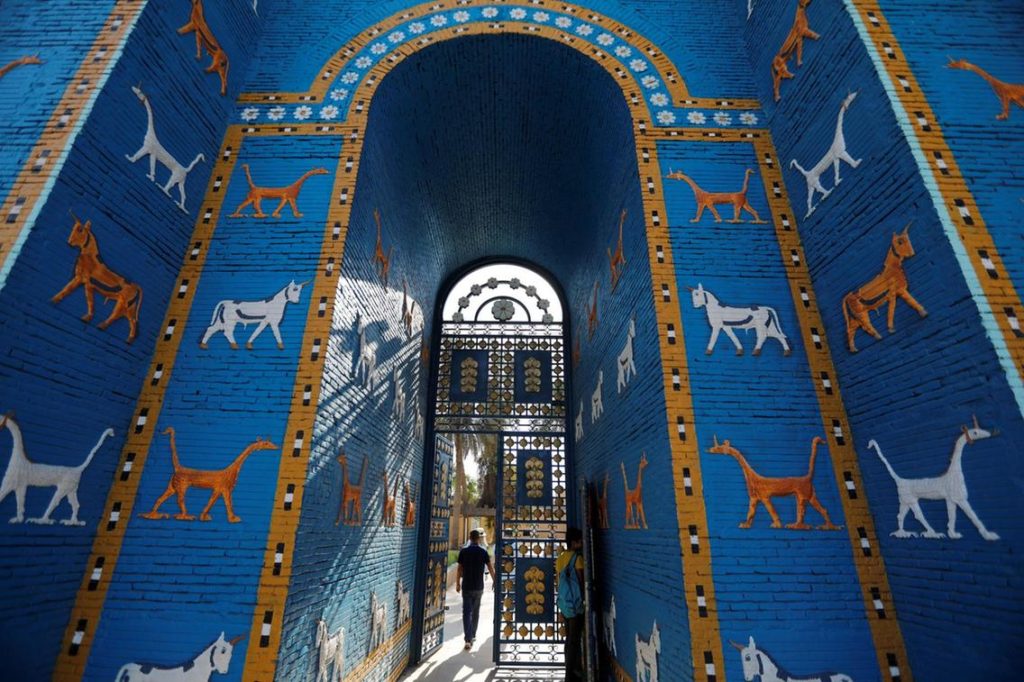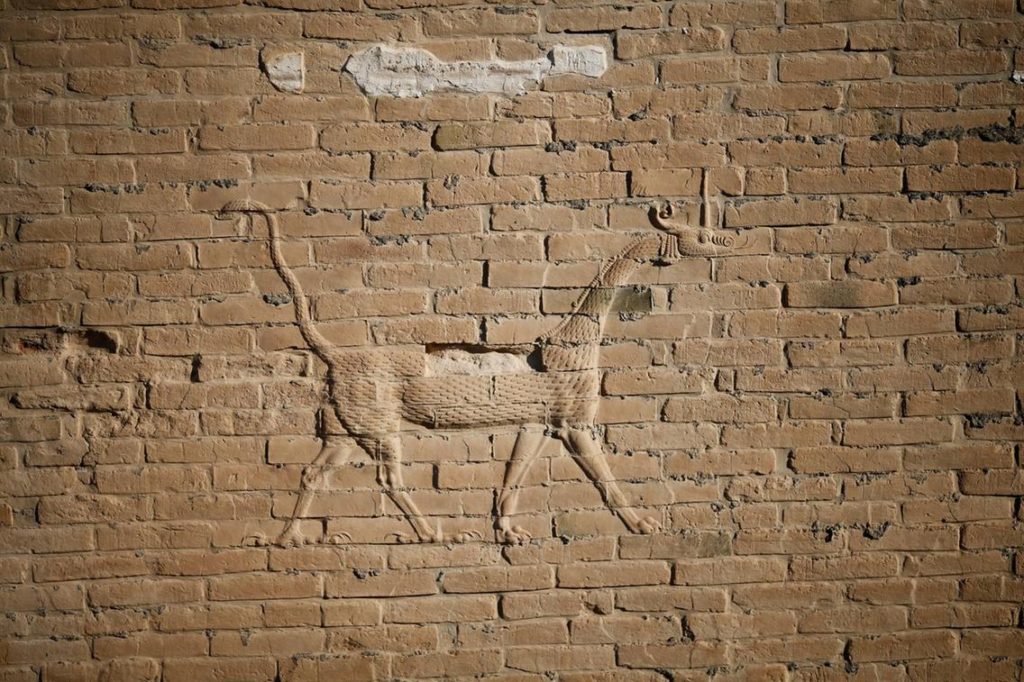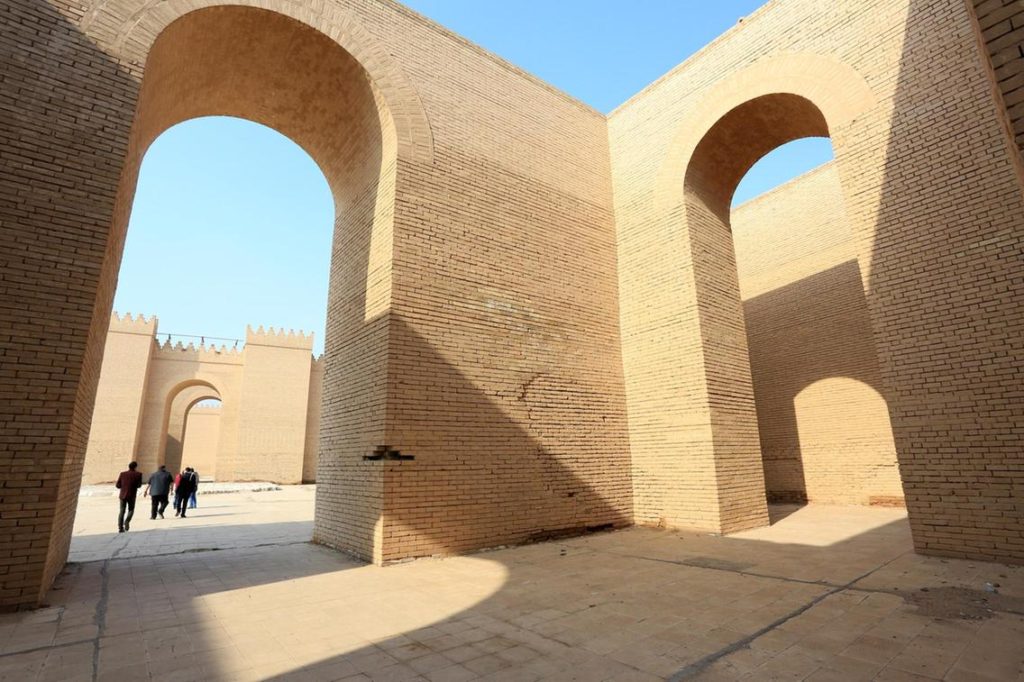On Sunday, the Arzejebani capital of Baku witnessed the naming of several worldwide locations that were chosen as part of 2019’s new entries for the famed UNESCO World Heritage List. The World Heritage Committee, which will be in and out of sessions until Wednesday to determine the full list, has already announced some of their picks, including two new locations in the Arab World, bringing the total number in the region to about 69 sites.
The archaic metropolis of Babylon in Iraq, as well as the Dilmun Burial Mounds in Bahrain, are now officially UNESCO World Heritage Sites. Once a specific landmark has been picked for the heritage status by the committee, it becomes automatically protected by international treaties and laws, in order to preserve it for generations to come.

Today, there are more than 1,000 World Heritage Sites around the world, and one, in particular, has been fighting for the status since the 1980s. For more than three decades, the Iraqi government has been vehemently lobbying for Babylon’s inclusion in the list. Today, this dream becomes a reality.
Built more than 4,000 years ago, the sprawling Mesopotamian metropolis of Babylon is a 10-kilometer-square complex, of which only 18 percent has been excavated.
“What is the world heritage list without Babylon? How can

Because of past political turmoil in Iraq, the site is currently in an extremely vulnerable state, “with many structures in urgent need of conservation and several on the verge of collapse”, according to the committee’s statement. Subsequently, they have vowed to work with local authorities on a plan of action for conservation.
To the south, the Dilmun-era burial mounds in Bahrain is composed of 21 archaeological sites, marking it as the third landmark in the Gulf state to be given the honor.

The burial mounds were built some time between 2050 BC and 1750 BC, offering insight into life in the early Dilmun civilization.
“These tombs illustrate globally unique characteristics, not only in terms of their number, density, and scale but also in terms of details such as burial chambers equipped with alcoves,” says the statement from UNESCO.



